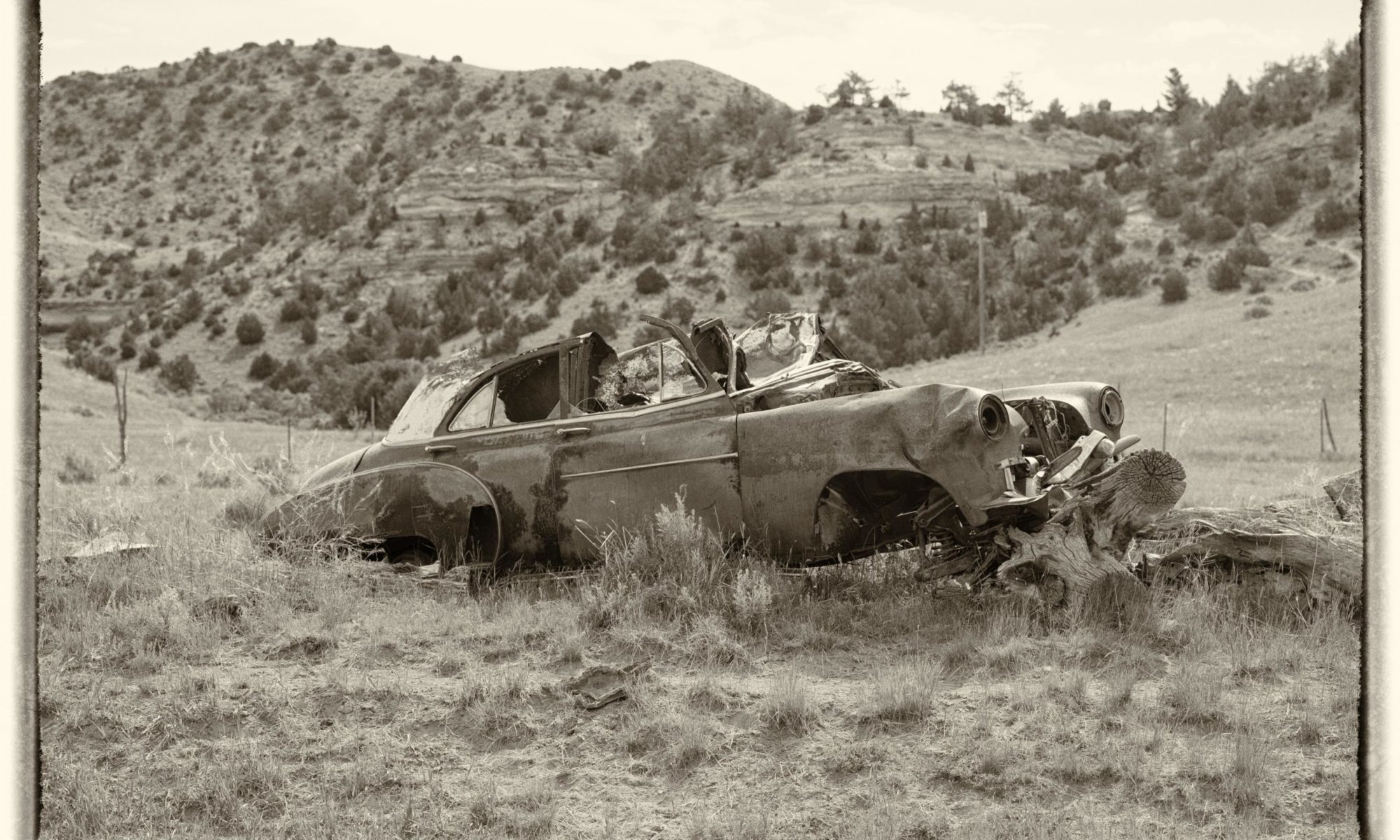1864 seemed promising. Horses stomped impatiently. They were harnessed to the loaded wagons waiting for the command to pull out. Excitement hung in the air as the travelers made final preparations for their journey west to a land of opportunity. They faced the unknown, unaware of the hardships they might face on the trail. They didn’t know how long the trip would take or if they would even survive.
Balsora, her husband Dr. George W Stein, and Balsora’s daughter, Sarah Furnish were among those traveling with their Brannin relatives. As the wagons pulled out from Boonville, Missouri, headed west, Mary Furnish was left behind. She suffered from sickness and was not able to travel. She promised to follow the next spring and bring their other belongings.
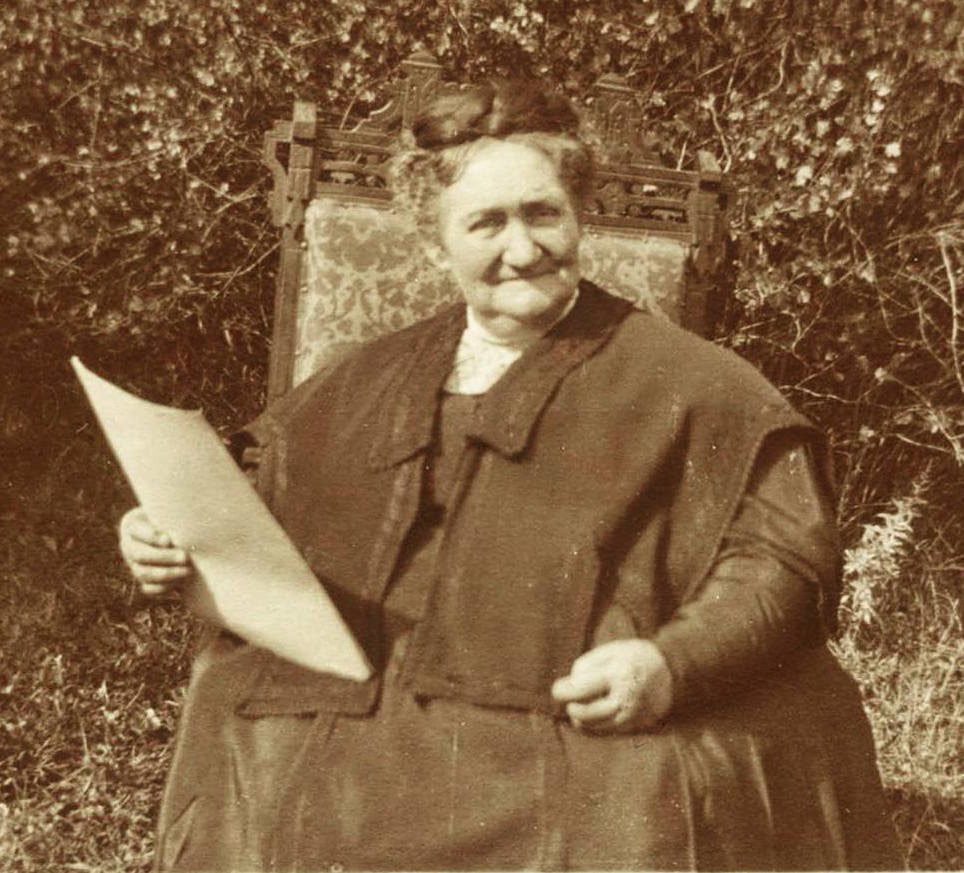
Sarah Furnish Redding in later years
True to Mary’s promise, she did follow in the spring. Along with other pieces of furniture, she also brought a piano. It wasn’t just any old piano, but an 1863 square rosewood Steinway Grand Piano that had taken first prize at the St. Louis Exposition of 1863. Mary took the boat up the Missouri River to Ft. Benton, Montana, then took the piano by ox team overland to Virginia City, then later to Helena. It has been said that the Steinway was the first to be played in Helena.
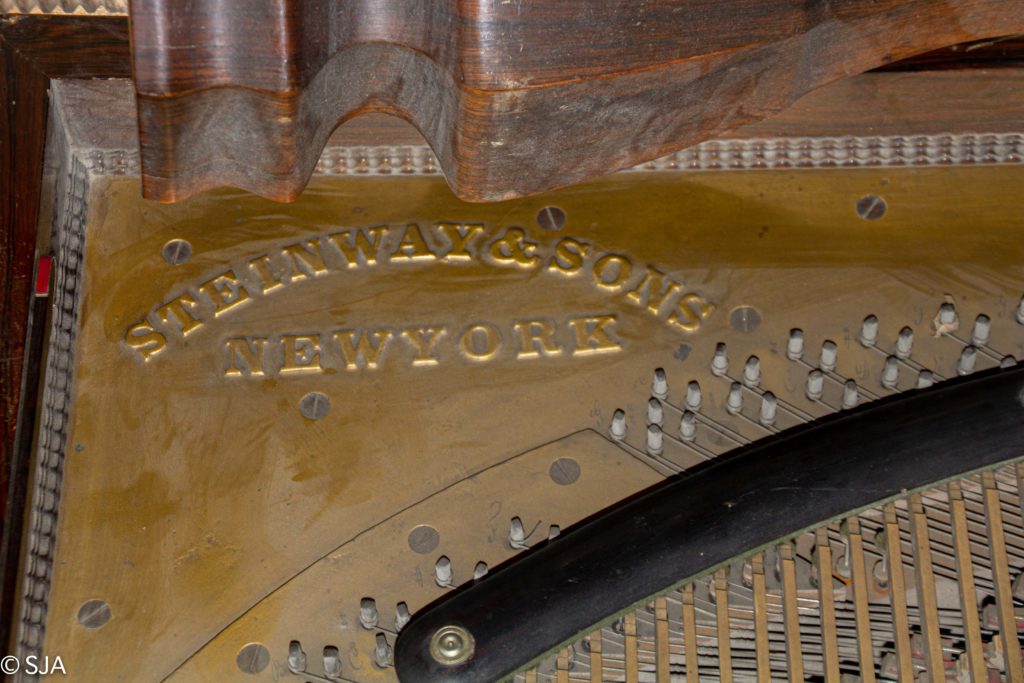
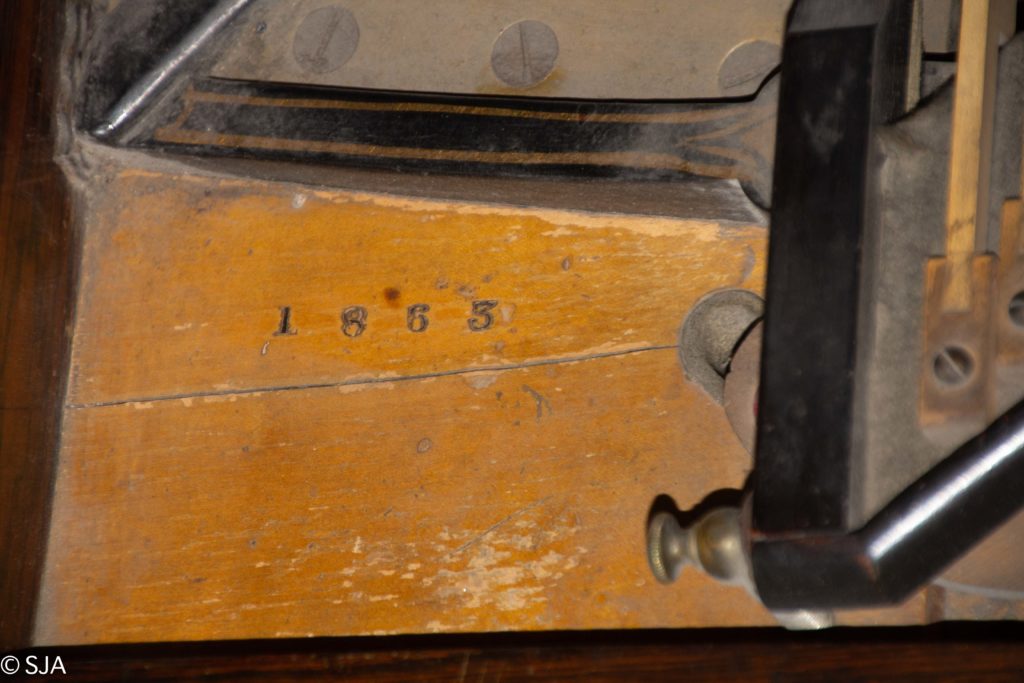
1863
The piano made its way to Alhambra to the home of Sarah Furnish Redding and her husband, Wilson Redding. They owned and operated Alhambra Hot Springs which served as a medical and recreational resort. The hot springs attracted travelers and the elite. Movie stars, high ranking political figures and professionals were guests at this “sumptuous retreat.” Sarah was a gracious hostess and a charming entertainer, playing the 1863 Steinway and dancing for their guests.
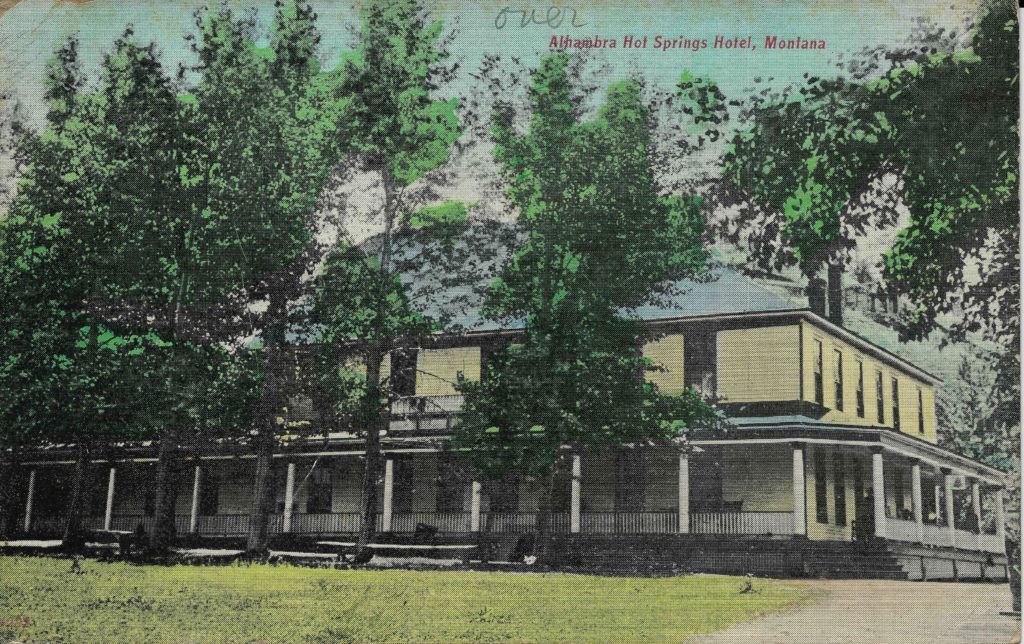
Alhambra Hot Springs Hotel
The Steinway came into the possession of Sarah’s daughter, Sarah Redding Cramer. After being in Butte for a time, Sarah Cramer donated the piano to the Montana Historical Society in May of 1930 with the intent of being placed on display. It was in the main room of the Historical Society quarters in the capitol building for a short time.
Today you can find the piano in pieces in the graveyard of historical relics in the basement of the Montana Historical Society Museum in Helena, Montana. We were told that funding is not available for the piano to be exhibited. I am intrigued at the passion and determination the Furnish girls had to haul this heavy cumbersome piano across the country by boat and ox drawn wagon. It is amazing that it has survived all these years. Though some of us would love for it to be displayed, that probably won’t happen without an advocate to intervene on behalf of our family’s rich history.

1863 Steinway Grand Piano
